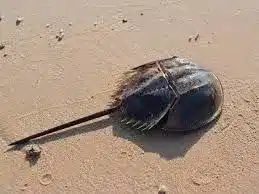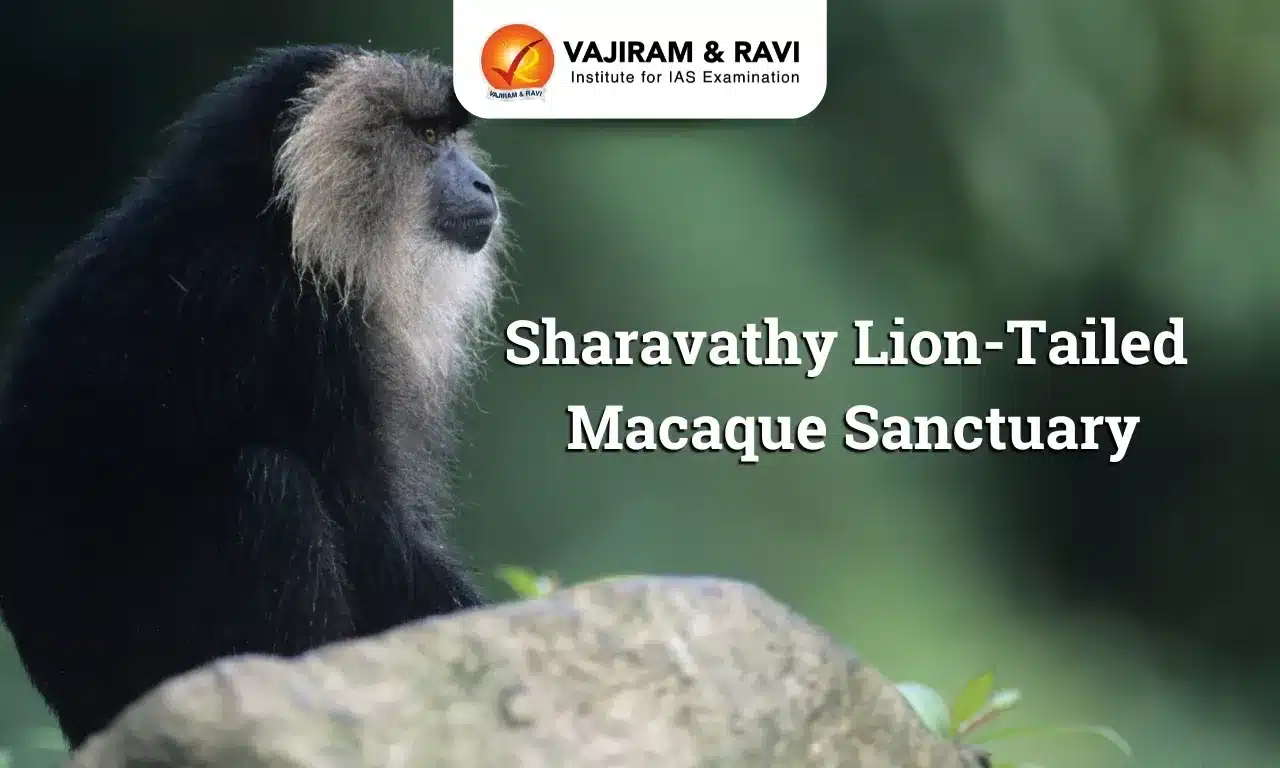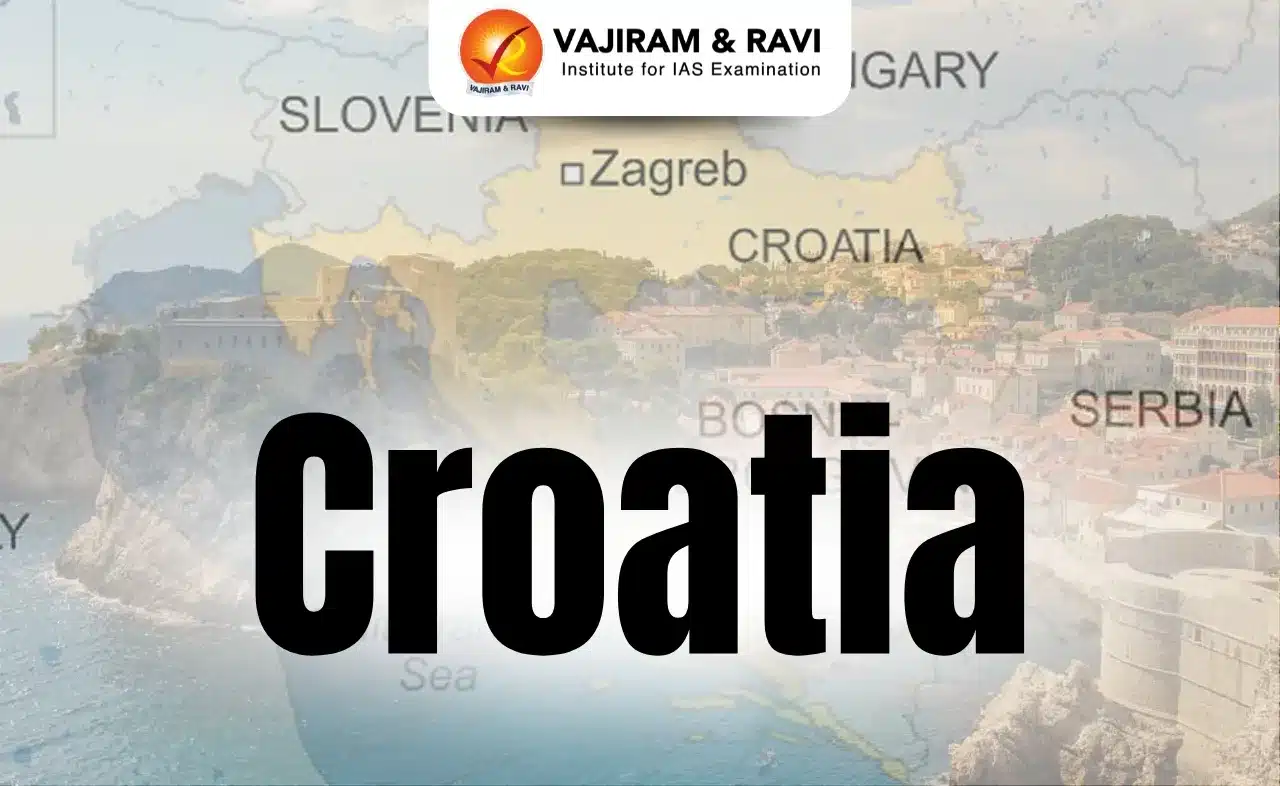About Horseshoe crab:
- It belongs to a class called Merostomata, living fossils, or those organisms that haven’t changed in millennia.
- It is a marine chelicerate arthropod. The Chelicerata is a division within the Arthropoda, containing animals such as spiders, scorpions, harvestmen, mites and ticks.
- Like all arthropods, they have a segmented body and segmented limbs and a thick chitinous cuticle called an exoskeleton.
- Habitat: They are living in shallow coastal waters on soft sandy or muddy bottoms and spawns mostly on intertidal beaches at summer-spring high tides.
- There are four extant horseshoe crab species:
- The American horseshoe crab (Limulus polyphemus) along the eastern coast of the USA and in the Gulf of Mexico,
- The tri-spine horseshoe crab (Tachypleus tridentatus),
- The coastal horseshoe crab (Tachypleus gigas)
- The mangrove horseshoe crab (Carcinoscorpius rotundicauda)
- The last three are Indo-Pacific species found mainly in the coastal waters of India, Southeast Asia, China and Japan.
- In India Odisha is the largest habitat of horseshoe crabs
- Conservation status in India
- Wildlife Protection Act 1972: Schedule IV
- IUCN Status
- American horseshoe crab: Vulnerable
- Tri-spine horseshoe crab: Endangered
- The two other species are not listed yet
Q1: What are Arthropods?
These are invertebrates with jointed legs. They make up about 75% of all animals on Earth and have a major role in maintaining ecosystems as pollinators, recyclers of nutrients, scavengers and food for other animals.
Last updated on June, 2025
→ UPSC Notification 2025 was released on 22nd January 2025.
→ UPSC Prelims Result 2025 is out now for the CSE held on 25 May 2025.
→ UPSC Prelims Question Paper 2025 and Unofficial Prelims Answer Key 2025 are available now.
→ UPSC Calendar 2026 is released on 15th May, 2025.
→ The UPSC Vacancy 2025 were released 1129, out of which 979 were for UPSC CSE and remaining 150 are for UPSC IFoS.
→ UPSC Mains 2025 will be conducted on 22nd August 2025.
→ UPSC Prelims 2026 will be conducted on 24th May, 2026 & UPSC Mains 2026 will be conducted on 21st August 2026.
→ The UPSC Selection Process is of 3 stages-Prelims, Mains and Interview.
→ UPSC Result 2024 is released with latest UPSC Marksheet 2024. Check Now!
→ UPSC Toppers List 2024 is released now. Shakti Dubey is UPSC AIR 1 2024 Topper.
→ Also check Best IAS Coaching in Delhi
























